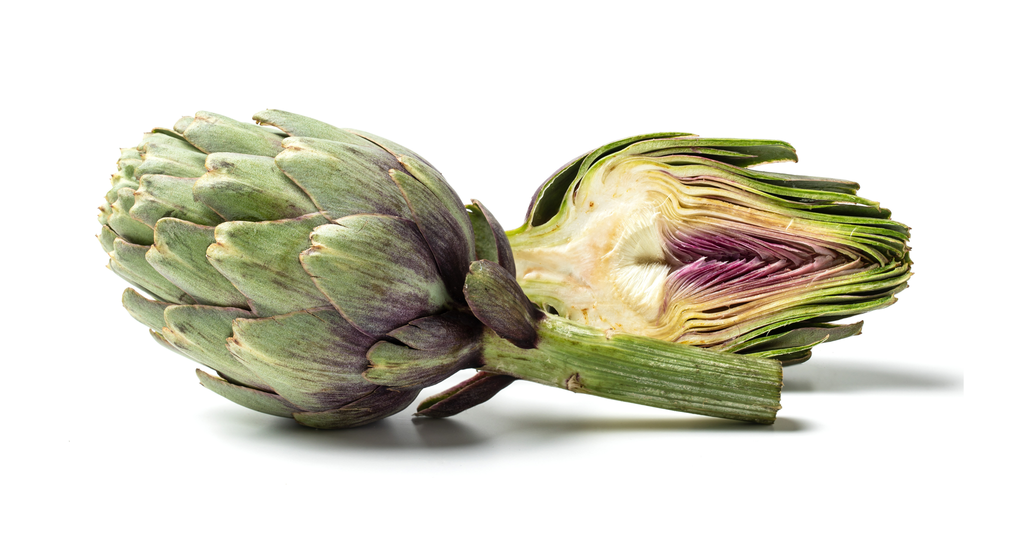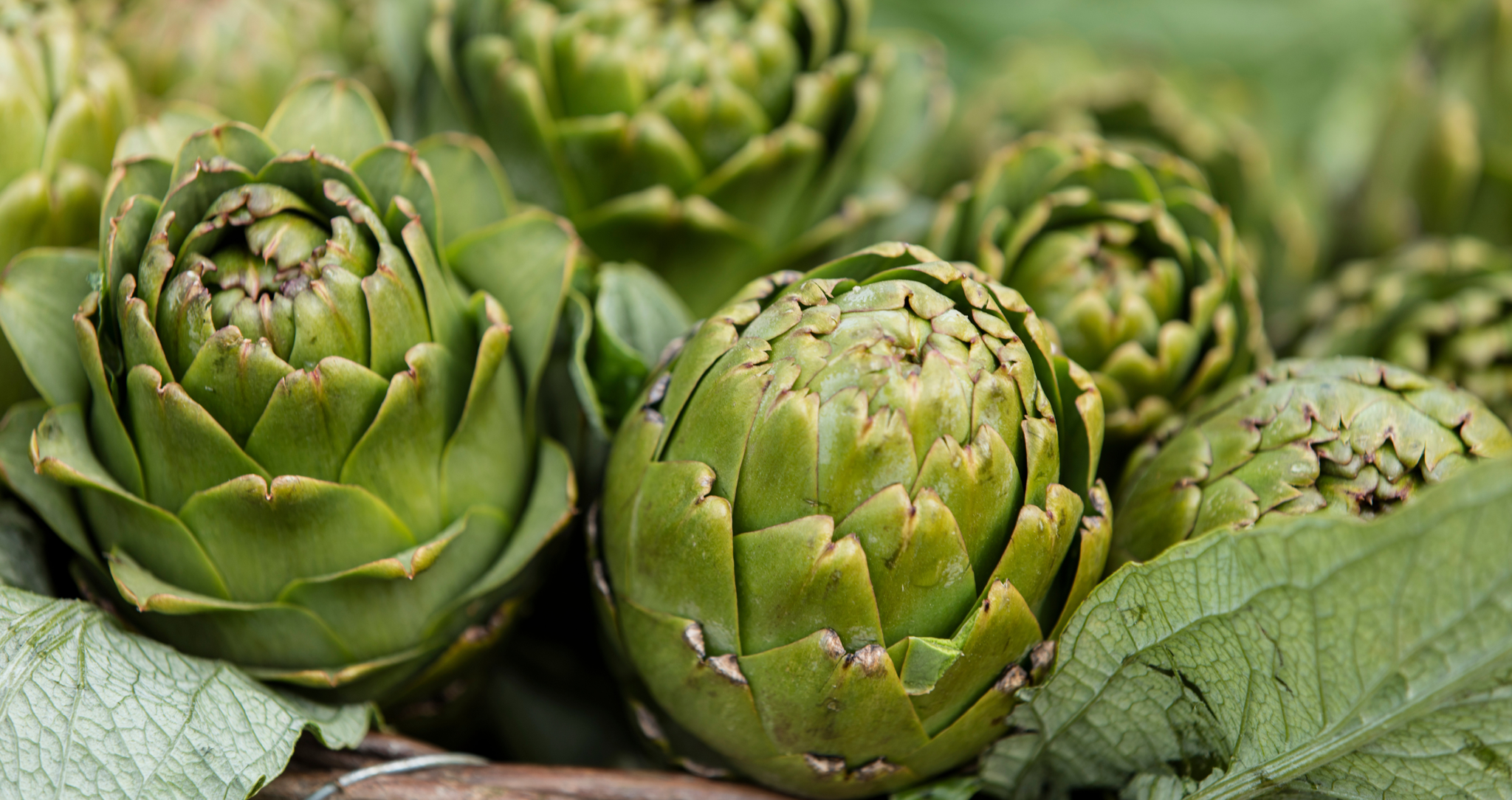 The artichoke ( Cynara scolymus ) is related to milk thistle and is native to the Mediterranean, where it is believed to have been cultivated by the ancient Romans. Today, Italy and Spain are also among the world's largest exporters of this vitamin-rich vegetable. However, artichokes are also grown in Denmark and with proper care they can weather the cold and be productive. In the 19th century, Spanish immigrants brought artichokes to California, which used the plant extensively. In fact, the city of Monterey in California has held an annual artichoke festival for more than 60 years. Here, music and cooking shows take place and of course competitions to see who can eat the most artichokes.
The artichoke ( Cynara scolymus ) is related to milk thistle and is native to the Mediterranean, where it is believed to have been cultivated by the ancient Romans. Today, Italy and Spain are also among the world's largest exporters of this vitamin-rich vegetable. However, artichokes are also grown in Denmark and with proper care they can weather the cold and be productive. In the 19th century, Spanish immigrants brought artichokes to California, which used the plant extensively. In fact, the city of Monterey in California has held an annual artichoke festival for more than 60 years. Here, music and cooking shows take place and of course competitions to see who can eat the most artichokes.
Artichoke – Mediterranean delicacy and colorful ornamental plant
The inner part of the flower bud of the artichoke plant (artichoke heart) is especially used in cooking. For centuries, it has been considered a delicacy. The artichoke plant is about 1 meter tall with green spiny leaves. One plant can produce 20 artichoke buds per year. If artichokes are used for cooking, they are harvested just before they bloom - because once they bloom, the flavor and texture change and cannot be stored for long. However, not all artichokes are grown for culinary use. Artichokes are also used as tea, as a dietary supplement, and as a spice in the Italian welcome drink Cynar.
In addition, artichoke plants are also used as ornamental plants because their flowers are large and purple. The name of the artichoke plant (Cynara scolymus) is said to originate from Greek mythology. Here, the king of the Greek gods, Zeus, is said to have fallen in love with the beautiful girl Cynara, after which he turned her into a goddess and took her to Mount Olympus. Unfortunately, Cynara, who lived on Mount Olympus, became very homesick and began secretly visiting her family. When Zeus discovered this, he was so angry that he threw Cynara off Mount Olympus and turned her into an artichoke. Thus, the name Cynara scolymus was born.

Artichokes are used in health protection foods
In principle, you can use artichokes as part of your daily diet and it is the same as using health foods containing artichoke extracts. But for many people, including artichoke in their daily meals is very difficult. When artichoke is an ingredient in a health food, the artichoke is extracted through a controlled technological process, after which the extract is dried. When the extraction and drying process is carried out, the concentration of beneficial substances increases. The result is a compact tablet with all the good ingredients that come from plants.
In health protection foods, artichoke is used thanks to its ability to:
- Get rid of the feeling of bloating
- Helps support digestion
- Contributes to supporting bowel function
- Contributes to supporting bowel comfort
- Contributes to supporting intestinal function
- Contributes to maintaining healthy liver function
- Supports liver detoxification function
- Promotes digestive juice production
- Promotes weight loss
- Contributes to the reduction of blood fats (cholesterol and triglycerides) (5 grams of artichoke)
The positive effects that one must highlight about Artichoke, are regulated in EU law. If a use is clearly demonstrated, it can be used in health protection products in significant quantities. Several applications about the effects of plants and plant parts are currently on the waiting list and can also be used to explain to consumers the expected effects of the product.




